Home>Gardening & Outdoor>Landscaping Ideas>Why Is My Grass Dying Over My Drain Field
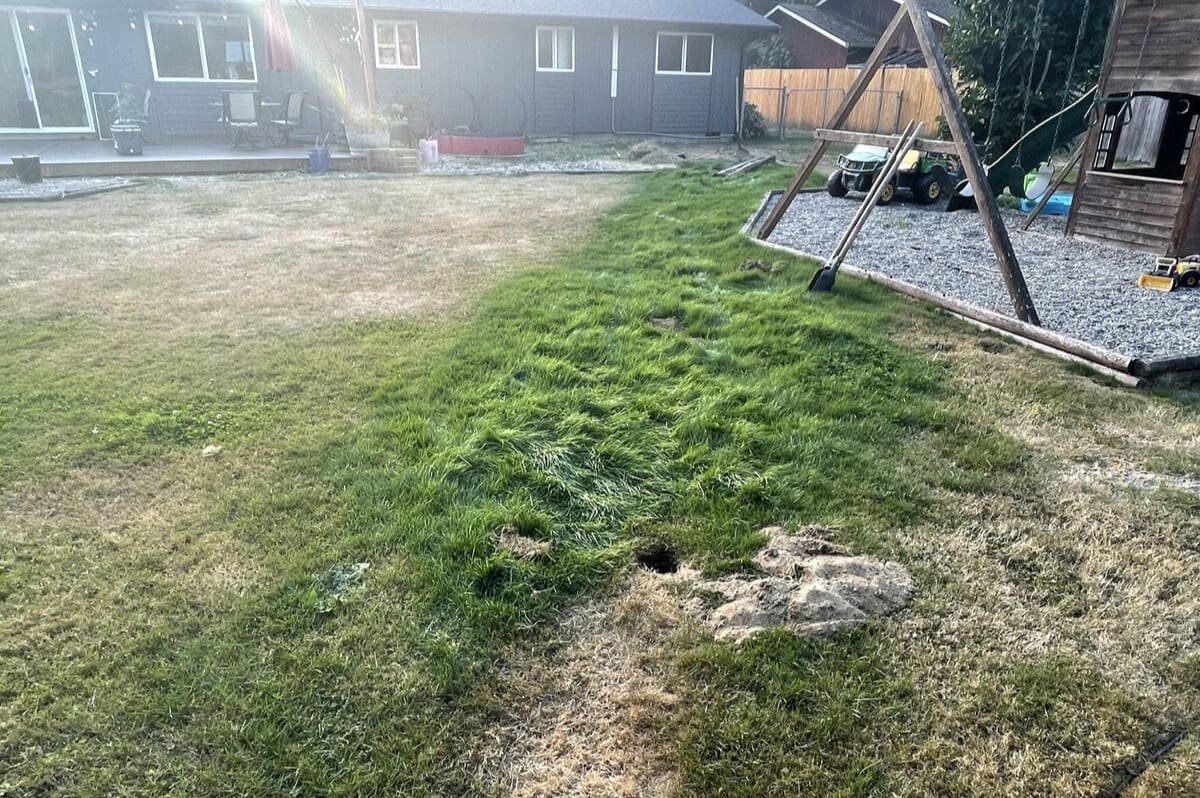

Landscaping Ideas
Why Is My Grass Dying Over My Drain Field
Published: January 29, 2024
Discover effective landscaping ideas to prevent grass from dying over your drain field. Learn how to maintain a healthy lawn and improve drainage.
(Many of the links in this article redirect to a specific reviewed product. Your purchase of these products through affiliate links helps to generate commission for Storables.com, at no extra cost. Learn more)
**
Introduction
**
If you've noticed your once lush and vibrant grass wilting and browning over your drain field, you're not alone. Many homeowners grapple with the perplexing issue of dying grass over their drain fields. This phenomenon can be both disheartening and puzzling, especially when you've put time and effort into maintaining a healthy lawn. However, understanding the underlying causes and implementing effective solutions can help restore your grass to its former glory.
In this comprehensive guide, we'll delve into the intricate relationship between drain fields and grass, shedding light on the factors that contribute to the decline of your lawn's health. By gaining a deeper understanding of this issue, you'll be better equipped to implement targeted strategies to revive your grass and create a flourishing outdoor space. So, let's embark on this enlightening journey to uncover the reasons behind dying grass over drain fields and discover the remedies that can breathe new life into your lawn.
**
Key Takeaways:
- Grass dying over drain fields is caused by factors like soil saturation, nutrient imbalance, and physical obstruction. Homeowners can revive their grass by improving drainage, balancing nutrients, and selecting suitable grass species.
- To bring dying grass back to life over drain fields, homeowners can aerate the soil, amend its composition, and monitor the area regularly. Understanding these challenges and implementing targeted solutions can create a thriving outdoor space.
Read more: Why Is My Grass Dying In Winter
Understanding Drain Fields
**
Before delving into the specific challenges that drain fields pose for maintaining healthy grass, it's crucial to grasp the fundamental purpose and function of these essential components of a septic system. A drain field, also known as a leach field or absorption field, serves as the final stage in the treatment of household wastewater. This network of underground pipes and porous material disperses the clarified effluent from the septic tank into the surrounding soil, allowing for natural filtration and decomposition.
Drain fields rely on the soil's natural ability to purify the wastewater by removing contaminants and pathogens. The soil acts as a biological filter, breaking down organic matter and neutralizing harmful substances, thereby preventing the pollution of groundwater. This intricate process is vital for safeguarding the environment and public health, making drain fields a vital component of residential septic systems.
However, the presence of a drain field can significantly impact the area above ground, particularly the grass and vegetation that thrive in the vicinity. The interaction between the drain field and the overlying soil and plants can give rise to unique challenges, often manifesting in the form of grass deterioration and discoloration. To address these issues effectively, it's essential to recognize the specific ways in which drain fields can influence the health and vitality of your lawn.
**
Impact of Drain Fields on Grass
**
The presence of a drain field can exert a profound influence on the grass and vegetation that occupies the surrounding area. This impact stems from various factors related to the functioning of the drain field and its interaction with the soil and plant life above it.
One of the primary effects of a drain field on grass is the alteration of soil conditions. The constant dispersal of wastewater effluent into the soil can lead to fluctuations in moisture levels, nutrient availability, and pH balance. As a result, the soil composition may become less conducive to robust grass growth, potentially impeding the uptake of essential nutrients and oxygen by the roots. Additionally, the presence of excess moisture in the soil, stemming from the dispersal of effluent, can create waterlogged conditions that are detrimental to the health of grass, leading to root suffocation and eventual decline.
Furthermore, the introduction of organic matter and microbial activity associated with the breakdown of wastewater in the drain field can impact the soil's structure and fertility. While the natural biological processes occurring in the drain field are essential for treating wastewater, they can inadvertently affect the composition and quality of the soil, influencing its ability to support healthy grass growth.
Another significant factor contributing to the impact of drain fields on grass is the physical presence of the underground network of pipes and absorption materials. The installation of a drain field alters the subsurface environment, potentially disrupting the natural root development and distribution of grass. This can impede the establishment of a robust root system, essential for the uptake of water and nutrients, and compromise the overall resilience of the grass in the face of environmental stressors.
Moreover, the potential for compaction and soil disturbance during the installation and maintenance of the drain field can further exacerbate the challenges faced by the grass. Compacted soil restricts root growth and inhibits the movement of air, water, and nutrients within the soil profile, impeding the grass's capacity to thrive and withstand external pressures.
By recognizing the multifaceted impact of drain fields on grass, homeowners can gain valuable insights into the underlying causes of deteriorating lawn health over these areas. Armed with this understanding, they can explore targeted strategies to mitigate these effects and restore the vibrancy of their grass.
**
Ensure that your drain field is not being overwatered, as this can lead to the grass dying. Consider redirecting downspouts and avoiding excessive irrigation in that area.
Common Reasons for Grass Dying Over Drain Fields
**
The deterioration of grass over drain fields can be attributed to a confluence of factors, each contributing to the challenging conditions that impede healthy lawn growth. By identifying these common reasons, homeowners can pinpoint the underlying issues and devise effective solutions to rejuvenate their grass.
-
Soil Saturation: The consistent dispersal of wastewater effluent in the drain field can lead to soil saturation, causing excessive moisture levels that hinder optimal grass growth. Waterlogged soil deprives the roots of essential oxygen, leading to root suffocation and eventual decline of the grass.
-
Nutrient Imbalance: The introduction of wastewater byproducts and microbial activity in the drain field can disrupt the natural balance of nutrients in the soil, impacting the grass's ability to access vital elements for growth. Nutrient deficiencies or imbalances can manifest as stunted growth, discoloration, and overall weakening of the grass.
-
Compaction and Soil Disturbance: The installation and maintenance of drain fields can result in soil compaction and disturbance, impeding the healthy development of grass roots. Compacted soil restricts root penetration and limits the movement of essential resources within the soil, compromising the grass's resilience and vitality.
-
pH Imbalance: The breakdown of organic matter and the release of byproducts in the drain field can influence the pH levels of the surrounding soil, potentially creating an inhospitable environment for grass. Imbalanced pH levels can hinder nutrient uptake and disrupt crucial biological processes within the grass, contributing to its decline.
-
Physical Obstruction: The presence of underground pipes and absorption materials in the drain field can impede the natural growth and spread of grass roots. This physical obstruction can limit the grass's access to essential resources and hinder its ability to establish a robust root system, diminishing its overall health.
By recognizing these common reasons for grass dying over drain fields, homeowners can take proactive measures to address these challenges and implement targeted interventions. Understanding the specific factors at play enables homeowners to devise tailored strategies to revive their grass and foster a thriving outdoor environment.
**
Solutions to Revive Grass Over Drain Fields
**
Reviving grass over drain fields requires a multifaceted approach that addresses the underlying challenges posed by these essential septic system components. By implementing targeted solutions, homeowners can rejuvenate their grass and create an environment conducive to healthy and vibrant lawn growth.
-
Improving Drainage: Enhancing the drainage capacity of the soil above the drain field is crucial for mitigating the adverse effects of soil saturation. This can be achieved through the installation of strategic drainage systems, such as French drains or perforated pipes, to redirect excess water away from the area and alleviate waterlogged conditions.
-
Amending Soil Composition: Introducing organic amendments, such as compost or well-decomposed manure, can help improve the soil structure and fertility over the drain field. These amendments enhance the soil's ability to retain moisture, promote aeration, and provide essential nutrients, creating a more hospitable environment for grass growth.
-
Balancing Nutrient Levels: Conducting soil tests to assess nutrient levels and pH balance is essential for identifying and addressing nutrient deficiencies or imbalances. Based on the test results, homeowners can apply targeted fertilizers and soil amendments to restore optimal nutrient levels and create a favorable environment for robust grass growth.
-
Aerating the Soil: Aerating the soil above the drain field can alleviate compaction and enhance root development. Core aeration, which involves removing plugs of soil, promotes better air and water penetration, facilitating the rejuvenation of grass roots and improving overall soil structure.
-
Selecting Appropriate Grass Species: Choosing grass species that are well-suited to the unique conditions imposed by the drain field can significantly impact the success of lawn revival efforts. Opting for varieties that exhibit tolerance to moisture, nutrient fluctuations, and occasional compaction can enhance the resilience and longevity of the grass.
Additionally, regular monitoring and maintenance of the drain field and surrounding grass are essential for sustaining the revitalization efforts. By staying vigilant and addressing any emerging issues promptly, homeowners can preserve the health and beauty of their grass over the long term.
By implementing these targeted solutions, homeowners can overcome the challenges posed by drain fields and revitalize their grass, transforming the area into a thriving and picturesque landscape that enhances the overall appeal of their property.
**
Read more: Why Did My Grass Die
Conclusion
**
The interplay between drain fields and grass presents a unique set of challenges that can impact the health and vitality of lawns in residential settings. Understanding the intricate relationship between these components is paramount for homeowners seeking to address the issues of dying grass over drain fields and cultivate a flourishing outdoor environment.
By delving into the fundamental functions of drain fields and their influence on soil and vegetation, homeowners can gain valuable insights into the underlying causes of grass deterioration over these areas. Factors such as soil saturation, nutrient imbalance, compaction, and physical obstruction contribute to the complex landscape of challenges that necessitate targeted solutions.
Implementing strategies to improve drainage, amend soil composition, balance nutrient levels, aerate the soil, and select appropriate grass species can pave the way for the revival of grass over drain fields. These proactive measures empower homeowners to mitigate the adverse effects of drain fields and create an environment conducive to robust and resilient lawn growth.
Furthermore, ongoing monitoring and maintenance are essential for preserving the rejuvenation efforts and ensuring the long-term health of the grass. By remaining attentive to the evolving needs of the drain field and grass, homeowners can sustain a vibrant and picturesque landscape that enhances the overall aesthetic and value of their property.
In conclusion, the challenges posed by dying grass over drain fields are surmountable with the application of targeted solutions and a comprehensive understanding of the underlying factors at play. By leveraging these insights and implementing proactive measures, homeowners can transform the area above their drain fields into a thriving and verdant expanse, replete with lush and resilient grass that enhances the beauty of their outdoor space.
Frequently Asked Questions about Why Is My Grass Dying Over My Drain Field
Was this page helpful?
At Storables.com, we guarantee accurate and reliable information. Our content, validated by Expert Board Contributors, is crafted following stringent Editorial Policies. We're committed to providing you with well-researched, expert-backed insights for all your informational needs.
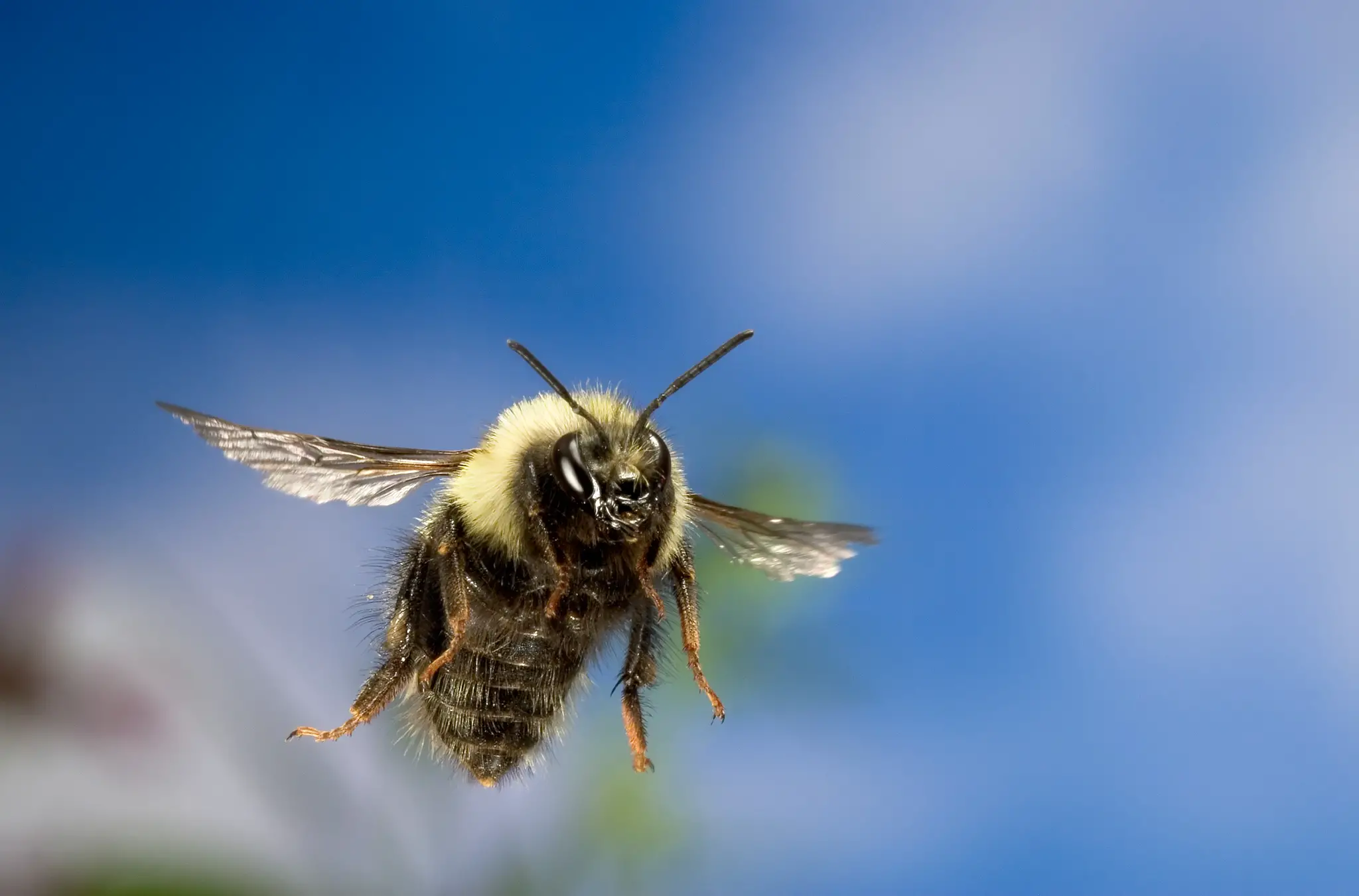
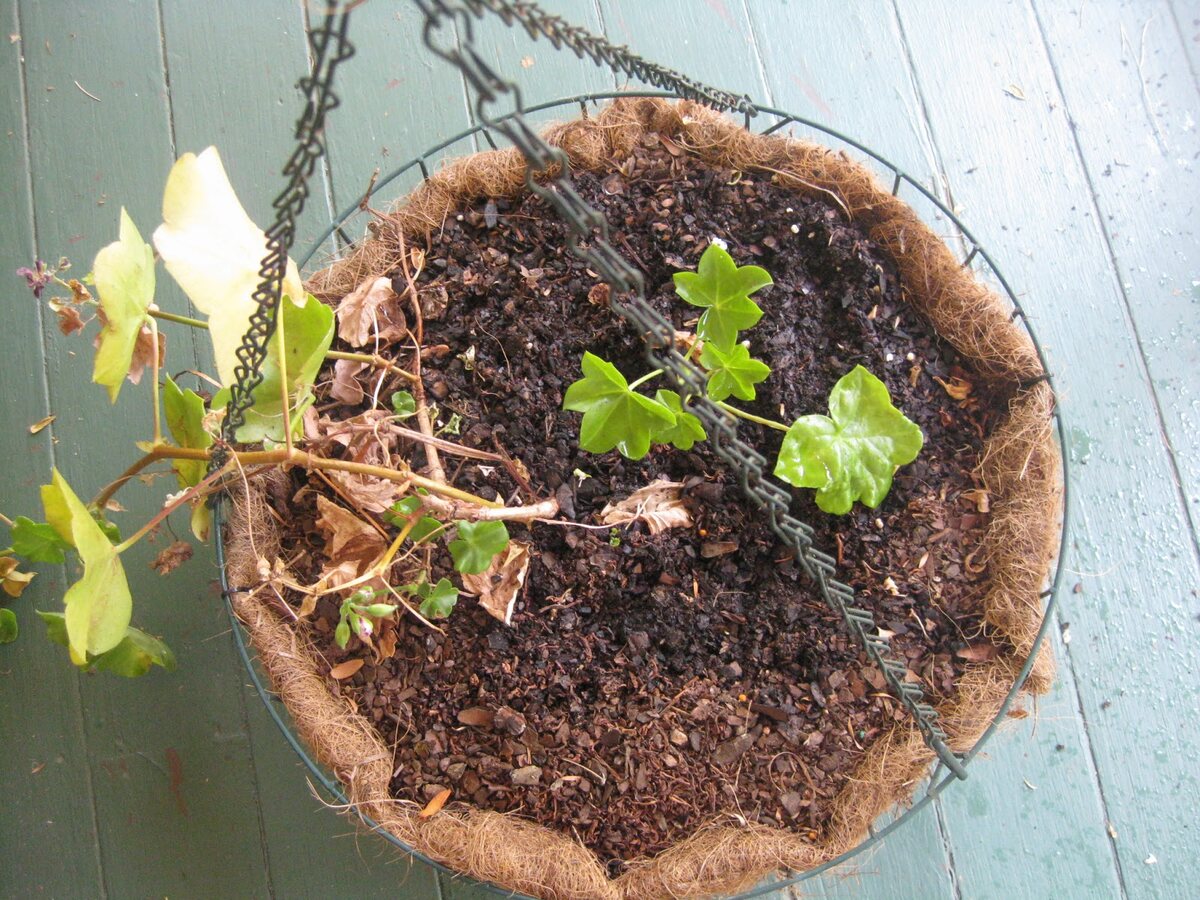
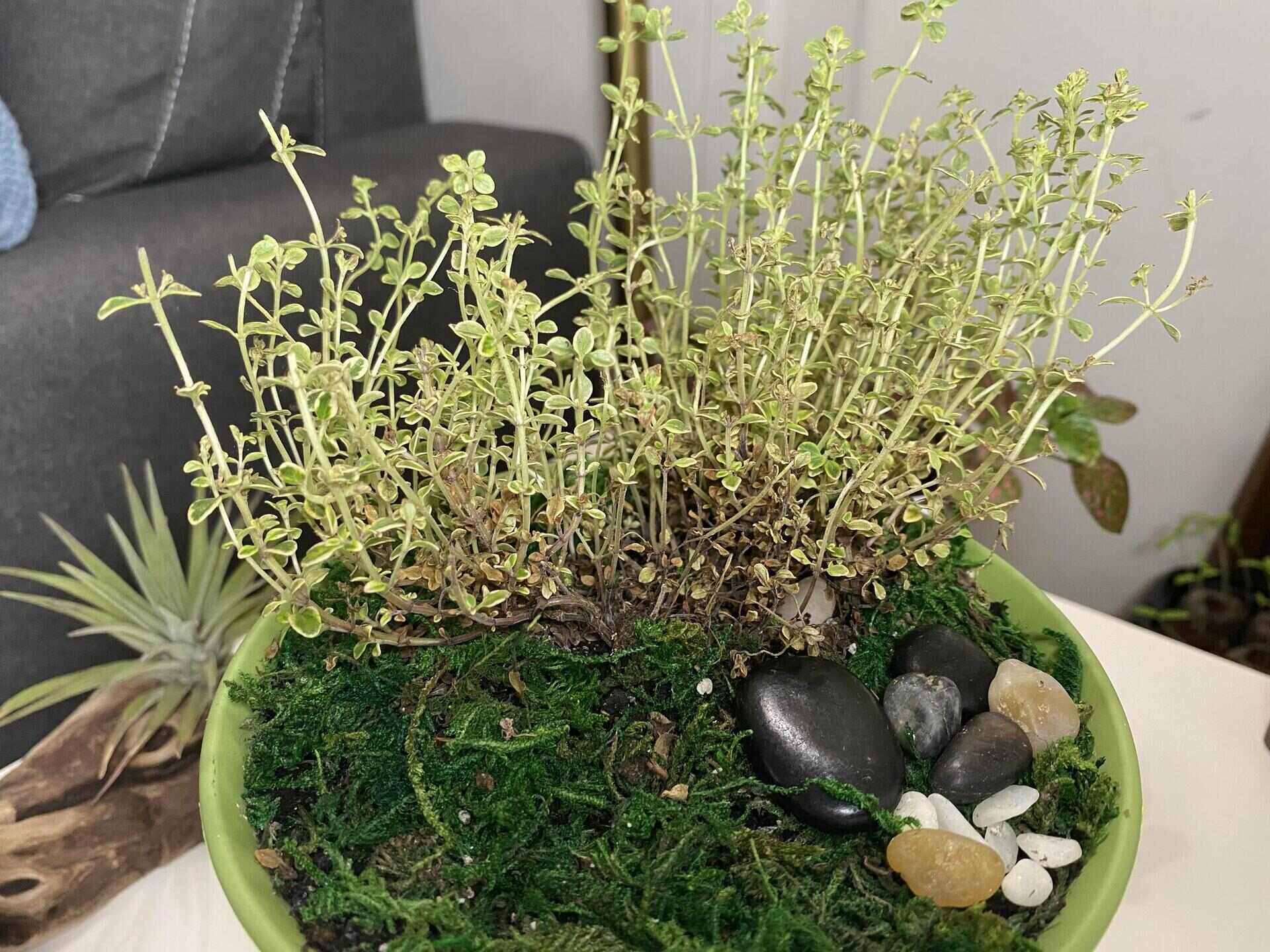
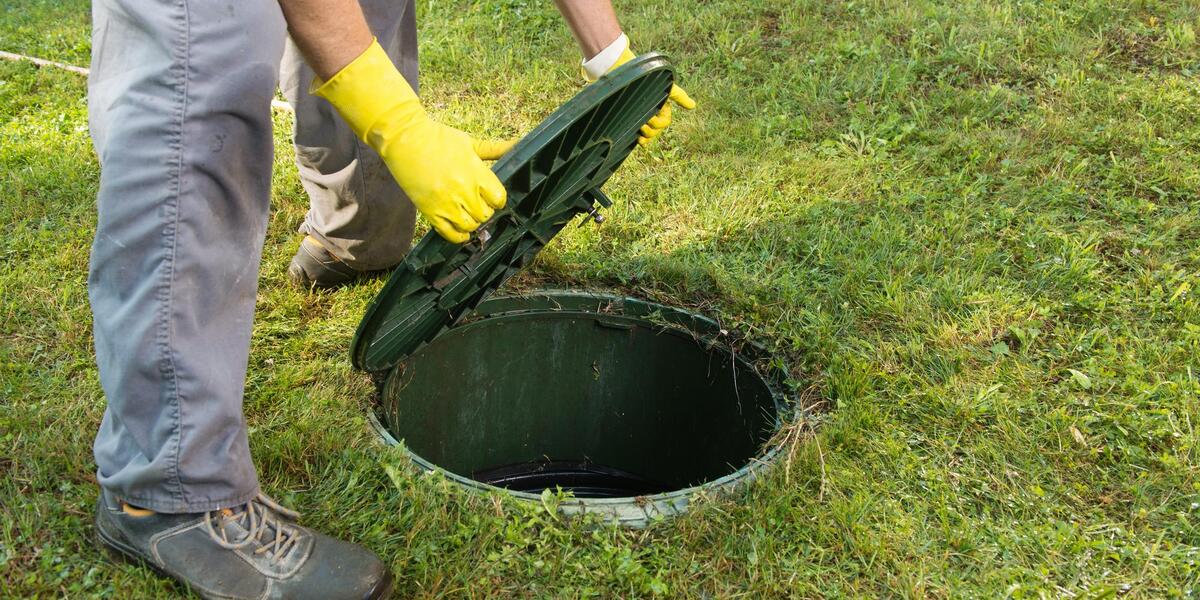
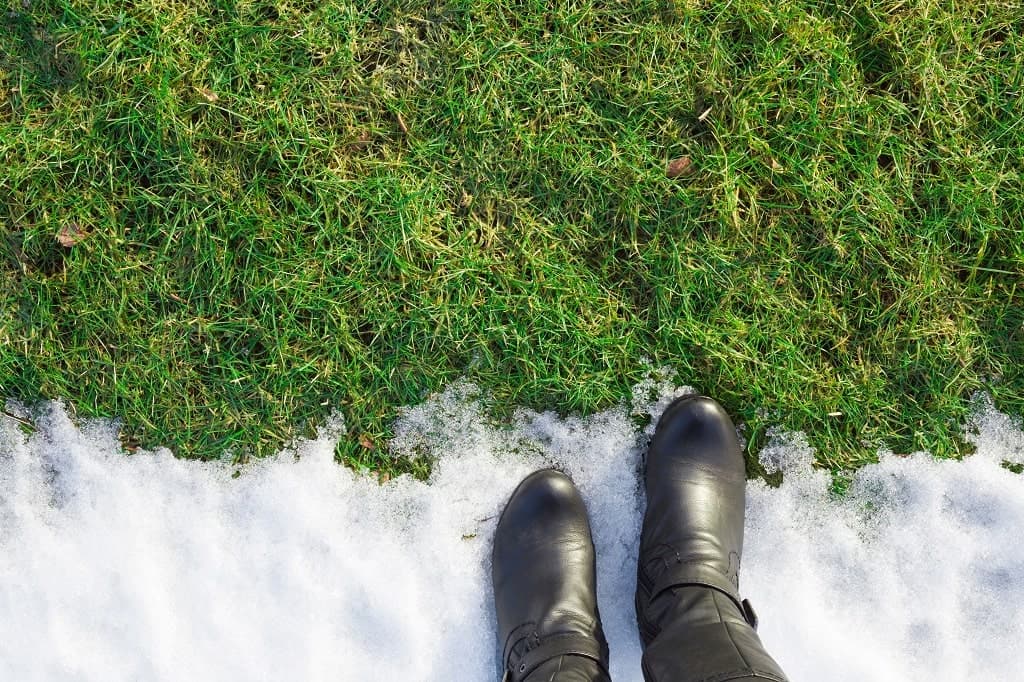

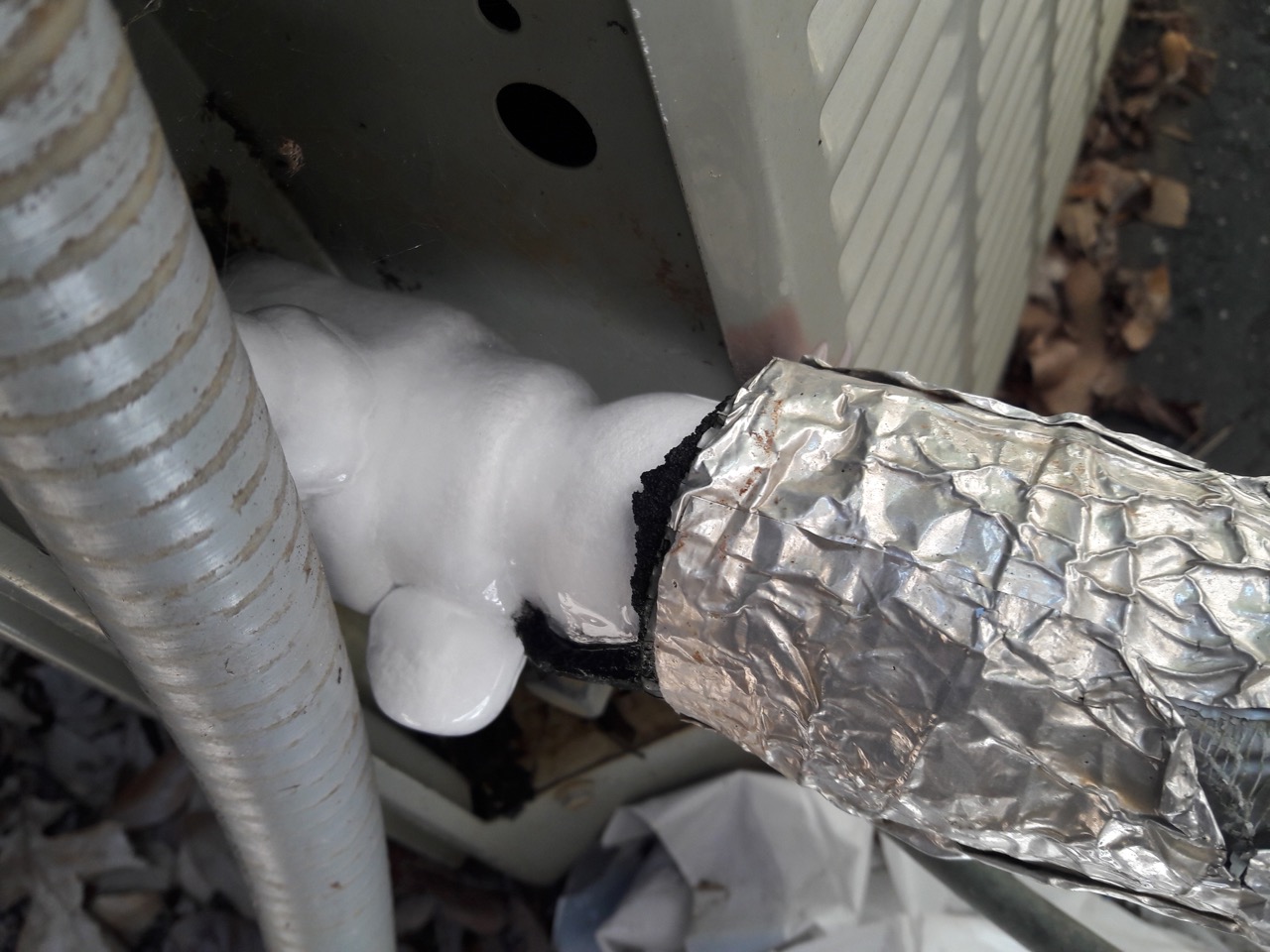
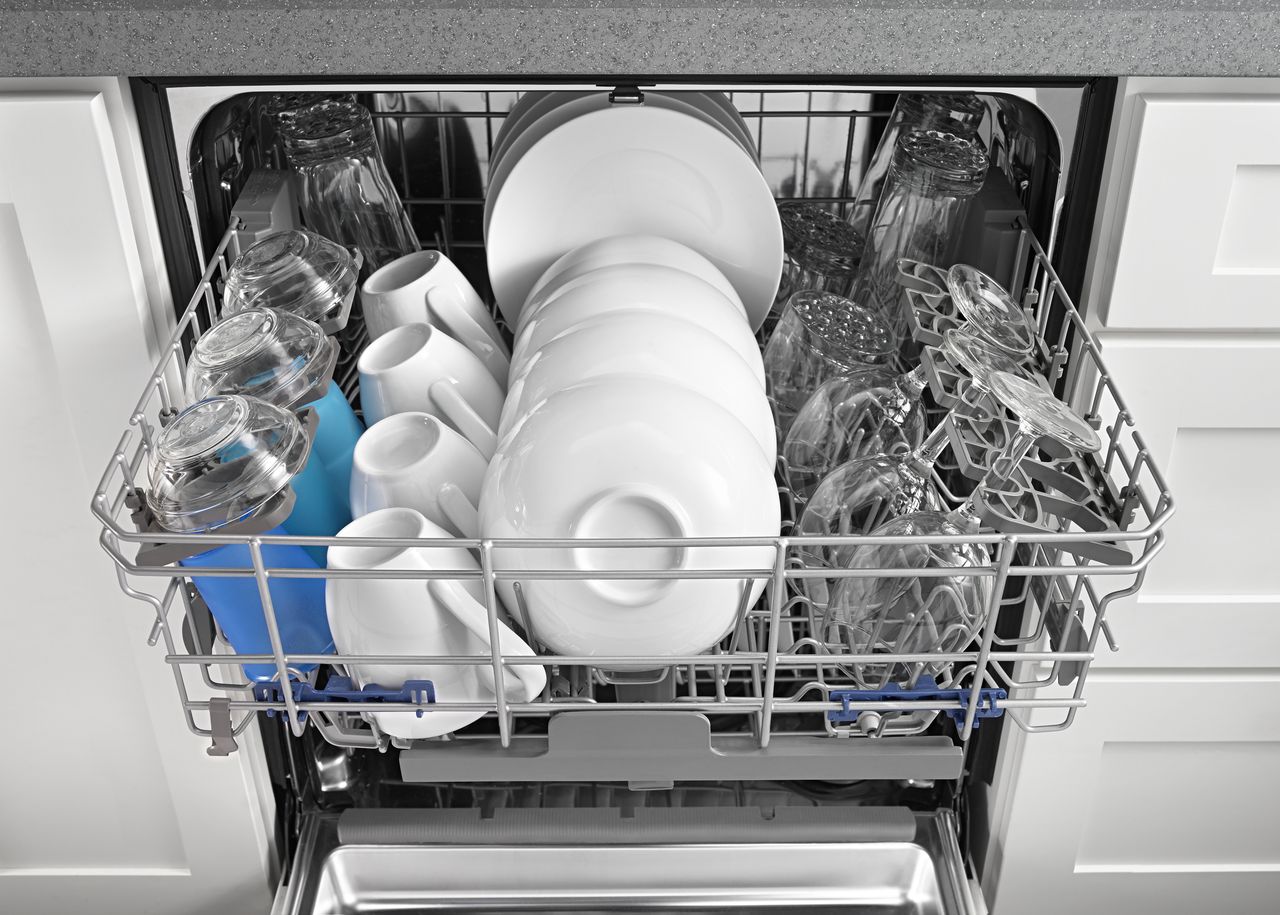
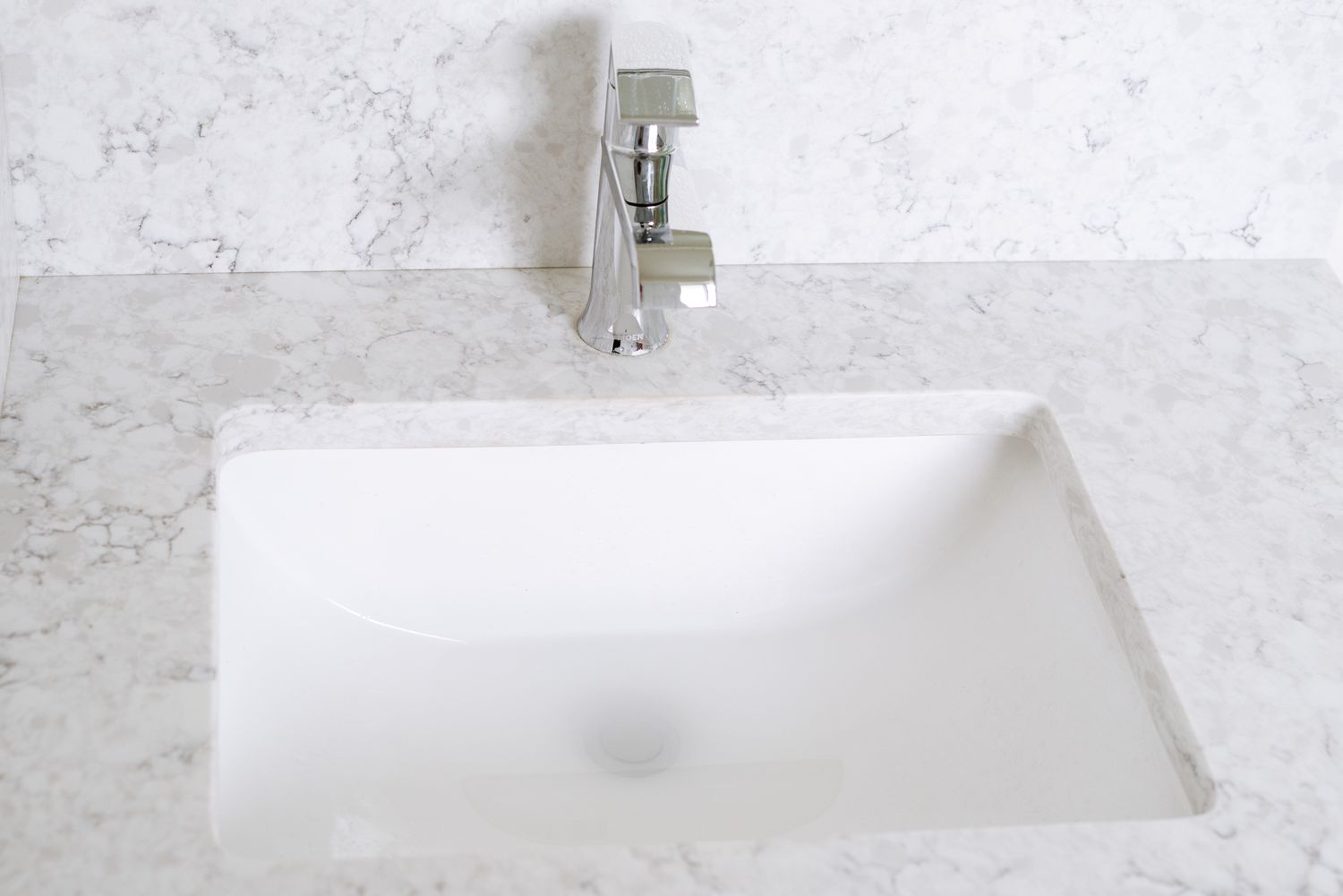
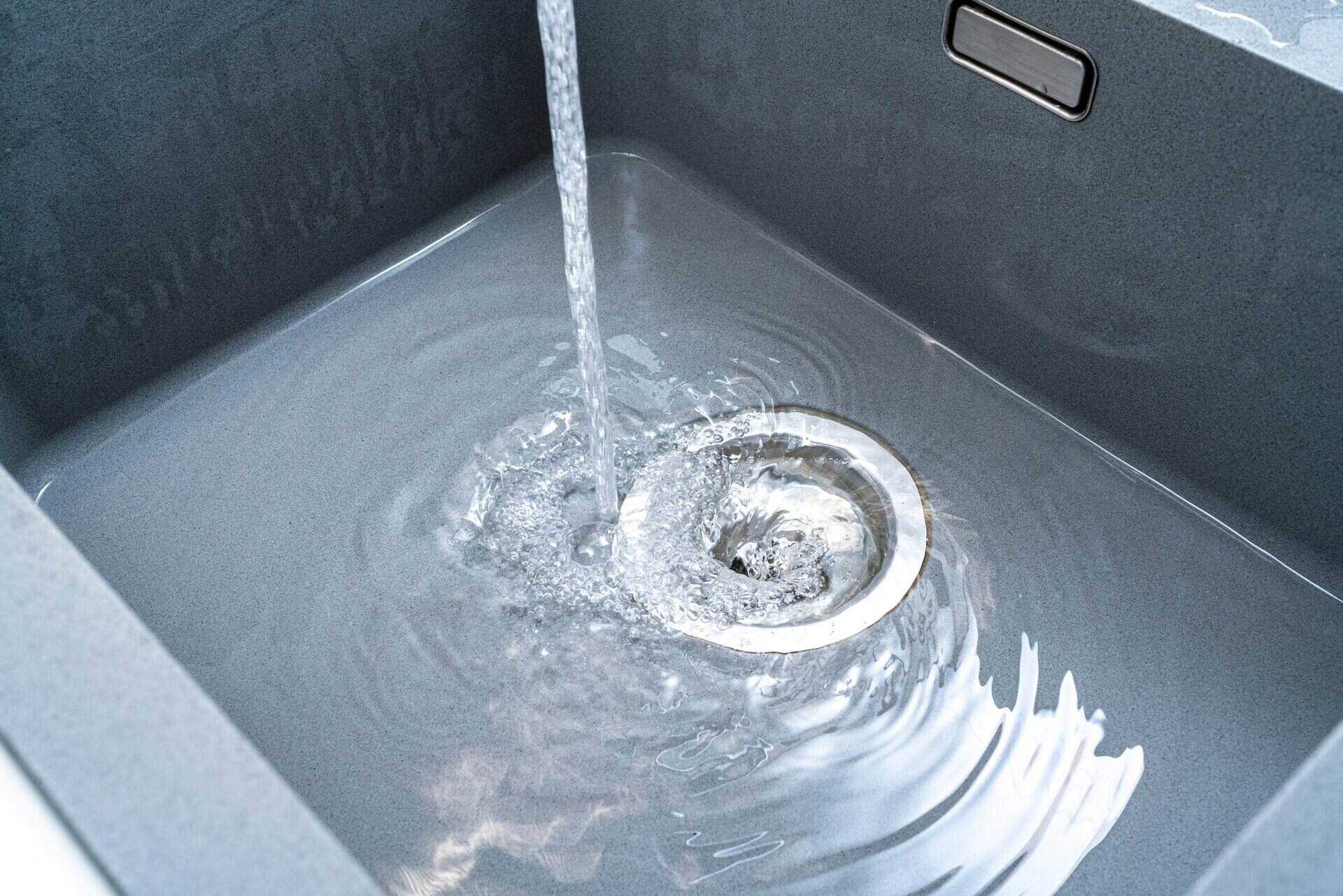
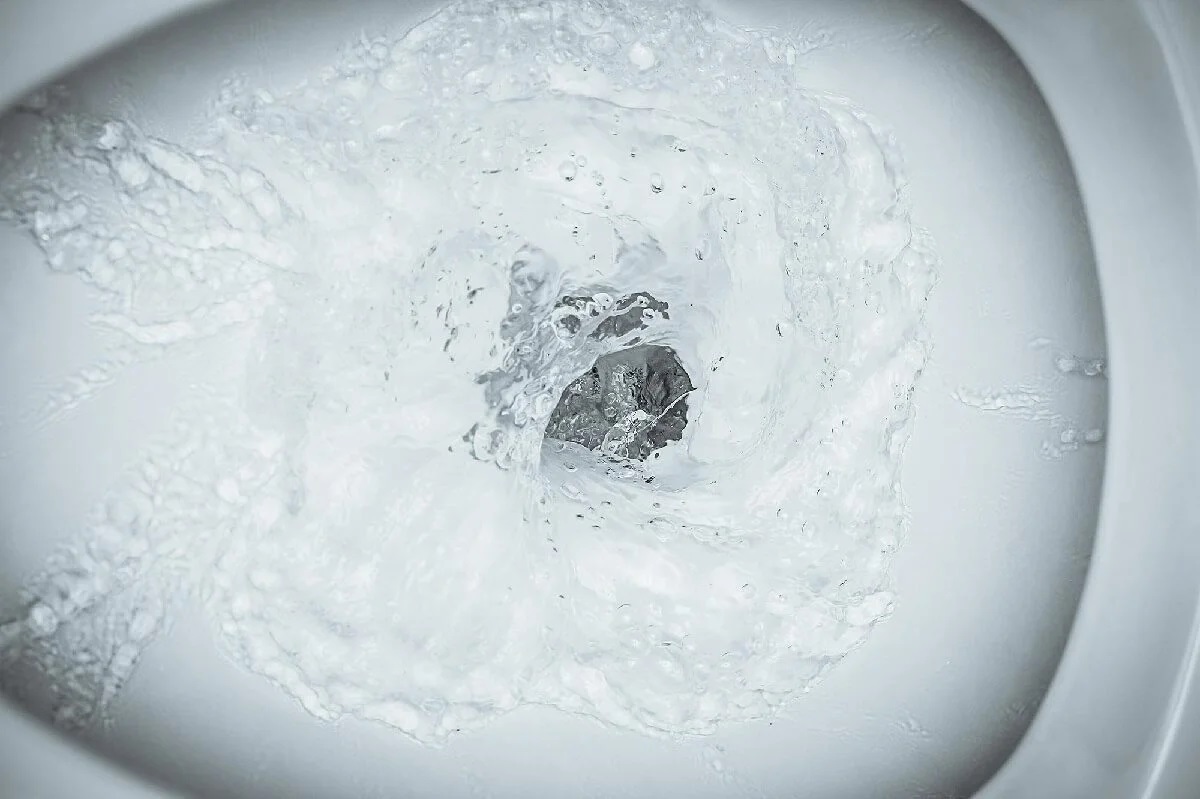
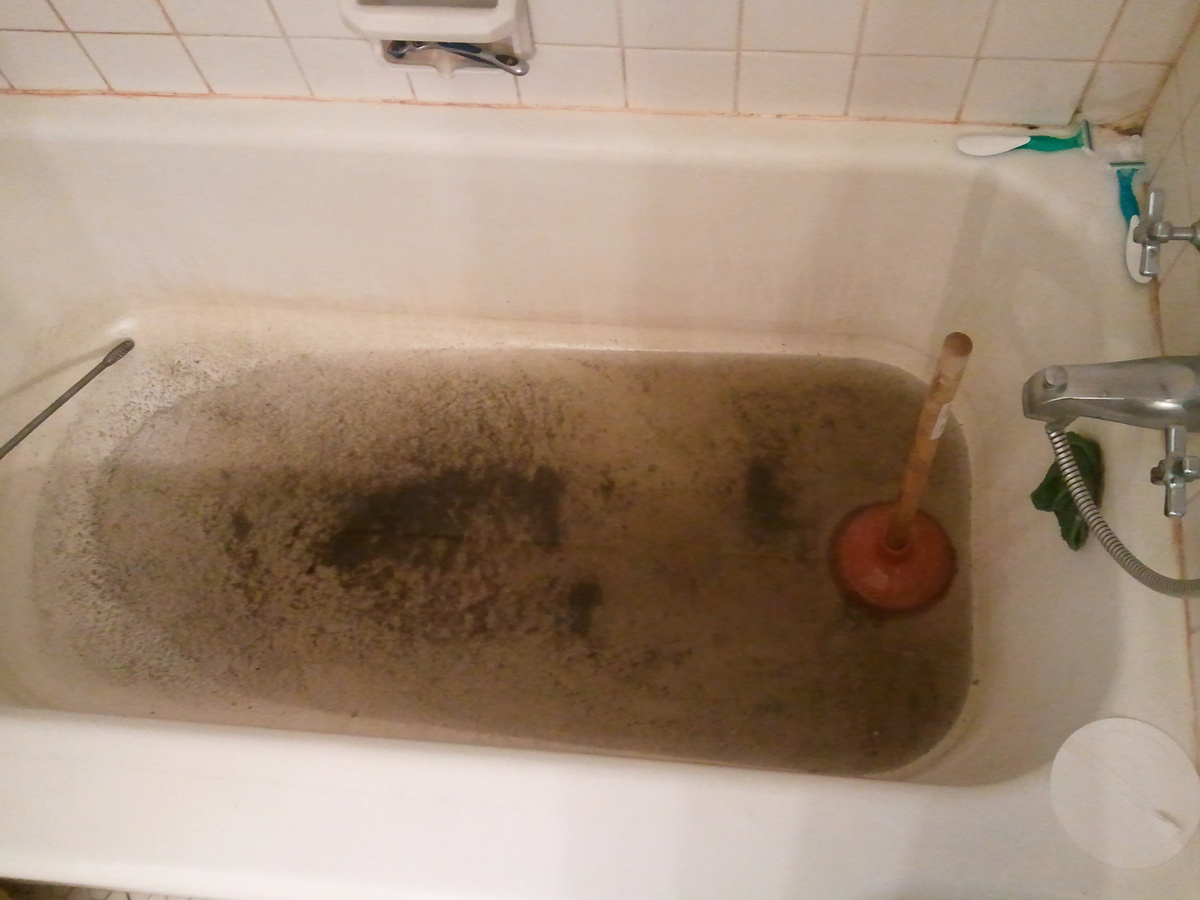
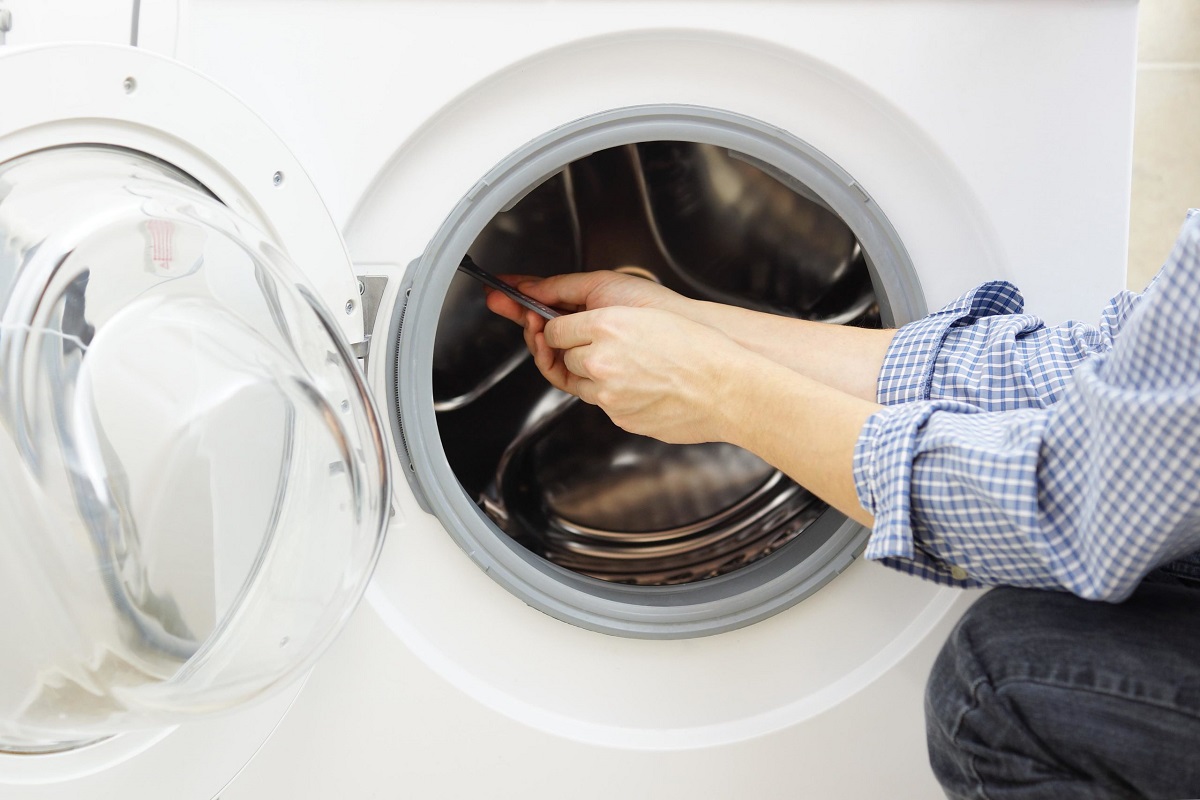
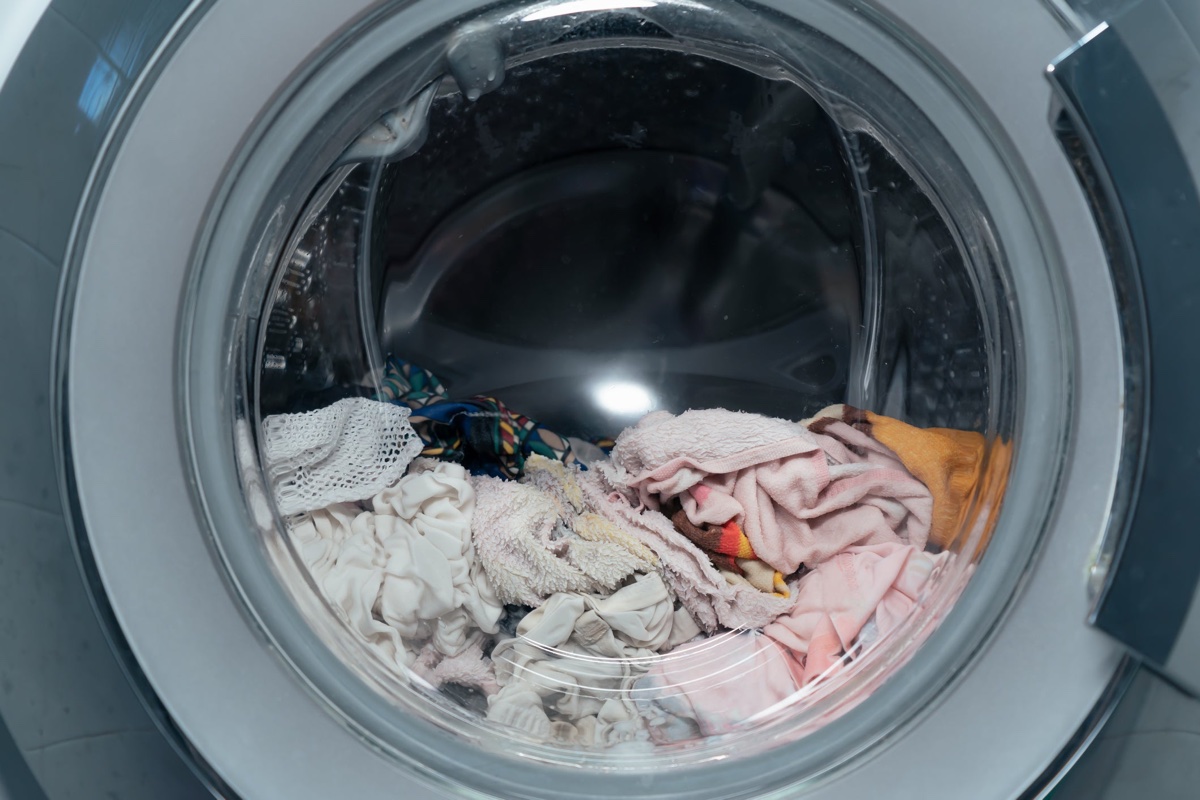

0 thoughts on “Why Is My Grass Dying Over My Drain Field”